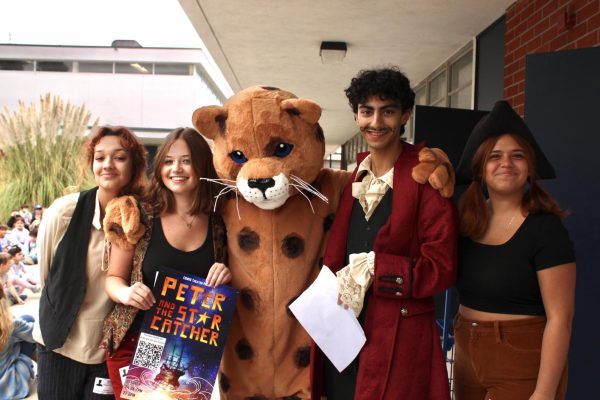The Academy Museum of Motion Picture
The Academy Museum of Motion Picture’s 300,000 foot complex was finally unveiled in late September 2021 with new multi-million dollar renovations funded by private and corporate donations. After architect Renzo Piano spent years painstakingly designing and planning and working around Covid-19 delays, the museum finally opened its doors to the public.
The museum is housed in the former May Company 1939 art deco building, a grand example of Streamline Moderne architecture, on the corner of Fairfax and Wilshire Boulevard in Los Angeles. The complex is comprised of seven easily navigable floors dedicated to the full history and art of filmmaking. Each gallery is devoted to different components that are involved in the art of filmmaking, such as sound, lighting, costume, and script. Original memorabilia from the Academy of Motion Pictures are displayed in different galleries, each pertaining to that particular exhibit. The aim is to have the different massive core galleries change over time, to better represent the different movies, eras, and genres in the history of motion pictures. For an added $15, visitors can pay to get the full virtual Oscar experience. Fun fact, the actual Oscar statues weigh 8.5 lbs.
The museum also has a much-hyped temporary exhibit of the legendary Japanese animator Hayao Miyazaki, featuring his original desk, watercolor drawings, and even poems he wrote as inspiration for his animation teams. There is also a space covered with artificial grass that viewers can lay down on to view the simulation of moving clouds, just like in Miyazaki’s films.
Outside, adjacent to the museum complex is the sphere-like 1000-seat David Geffen theatre. There is also a Dolby rooftop terrace accessible via the Barbara Streisand Bridge, that visitors can enjoy the breathtaking views of Hollywood Hills and Park LaBrea.
The museum truly lets visitors escape into the magical world of filmmaking, and bring awareness to the unsung aspects of moviemaking that play a pivotal part in the art of making movies. Senior Alex Cheng recently visited The Academy Museum of Motion Picture and said “ I was blown away by dimly lit exhibits which were full of costumes, storyboards, and countless screens playing scenes from iconic movies. I particularly enjoyed the Indiana Jones sound exhibit which showed the process of adding music, foley effects, and voice overlay.” The museum brings deep appreciation to the extensive collaborative efforts that are involved in every movie that is made in the world, despite its genre, budget, or its origins.









